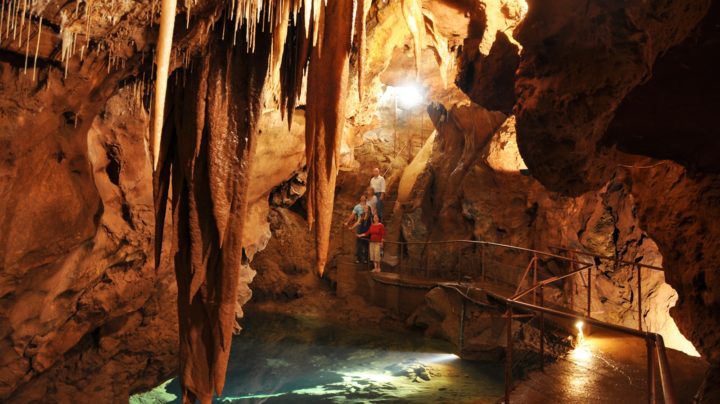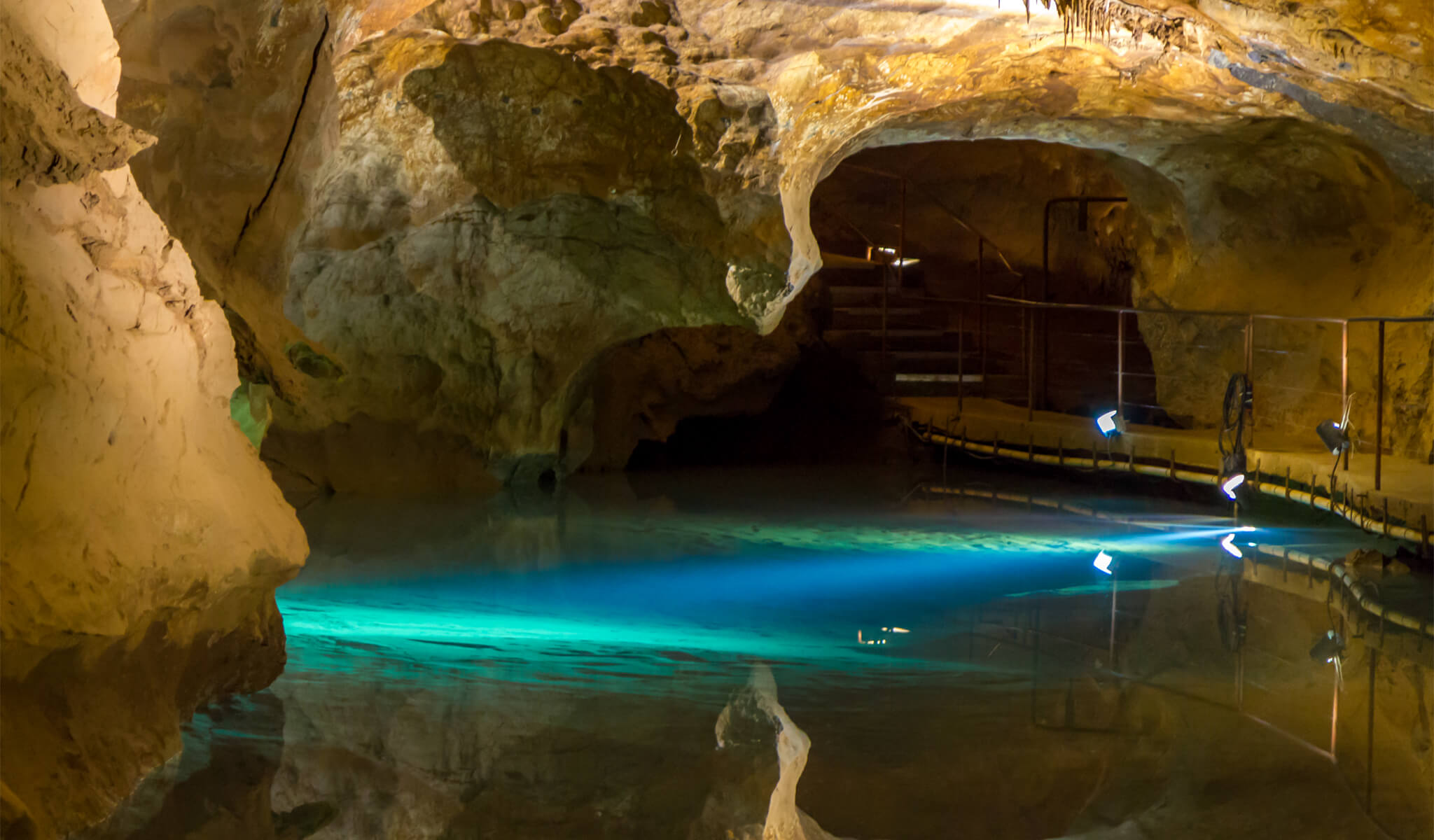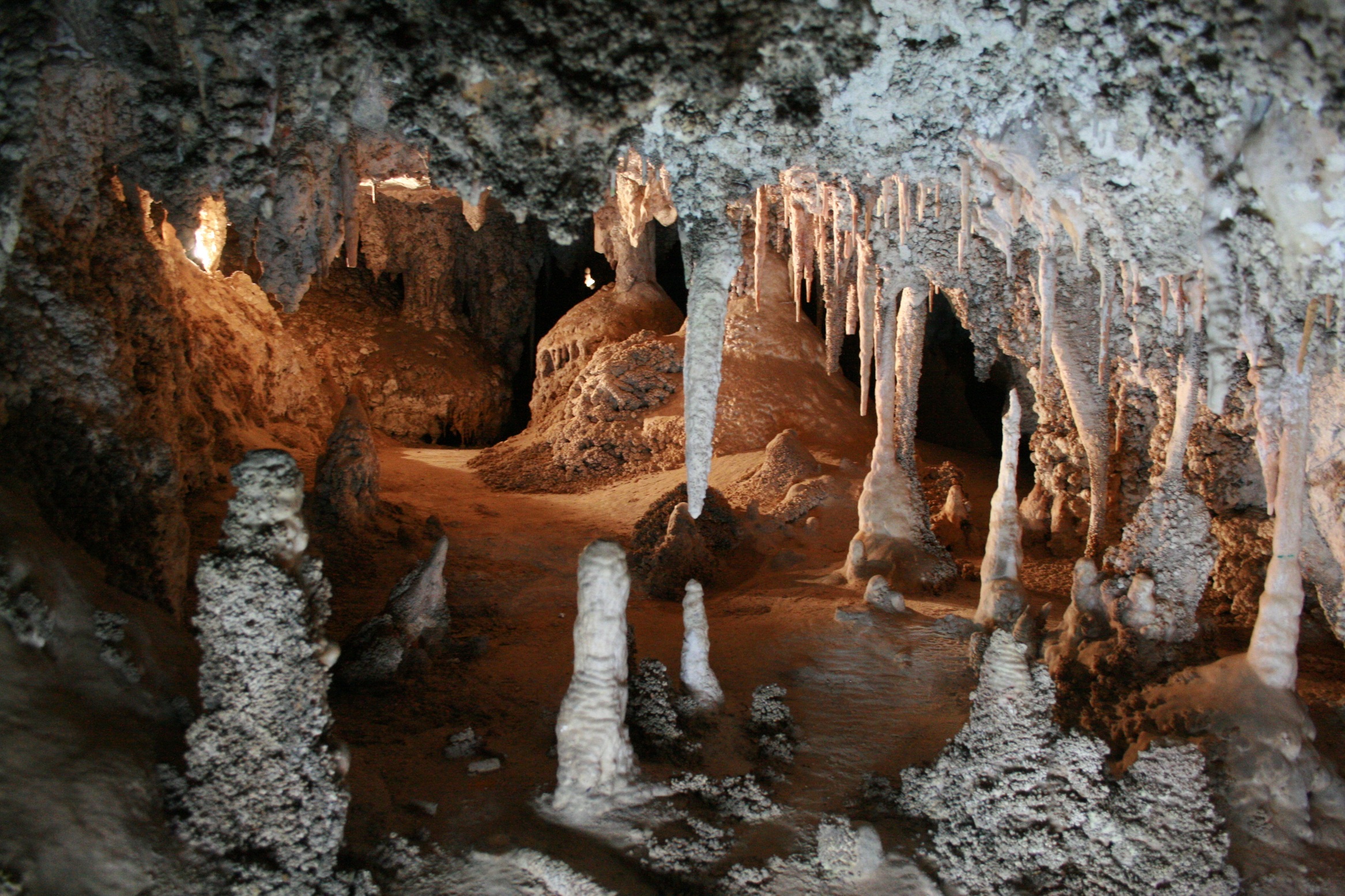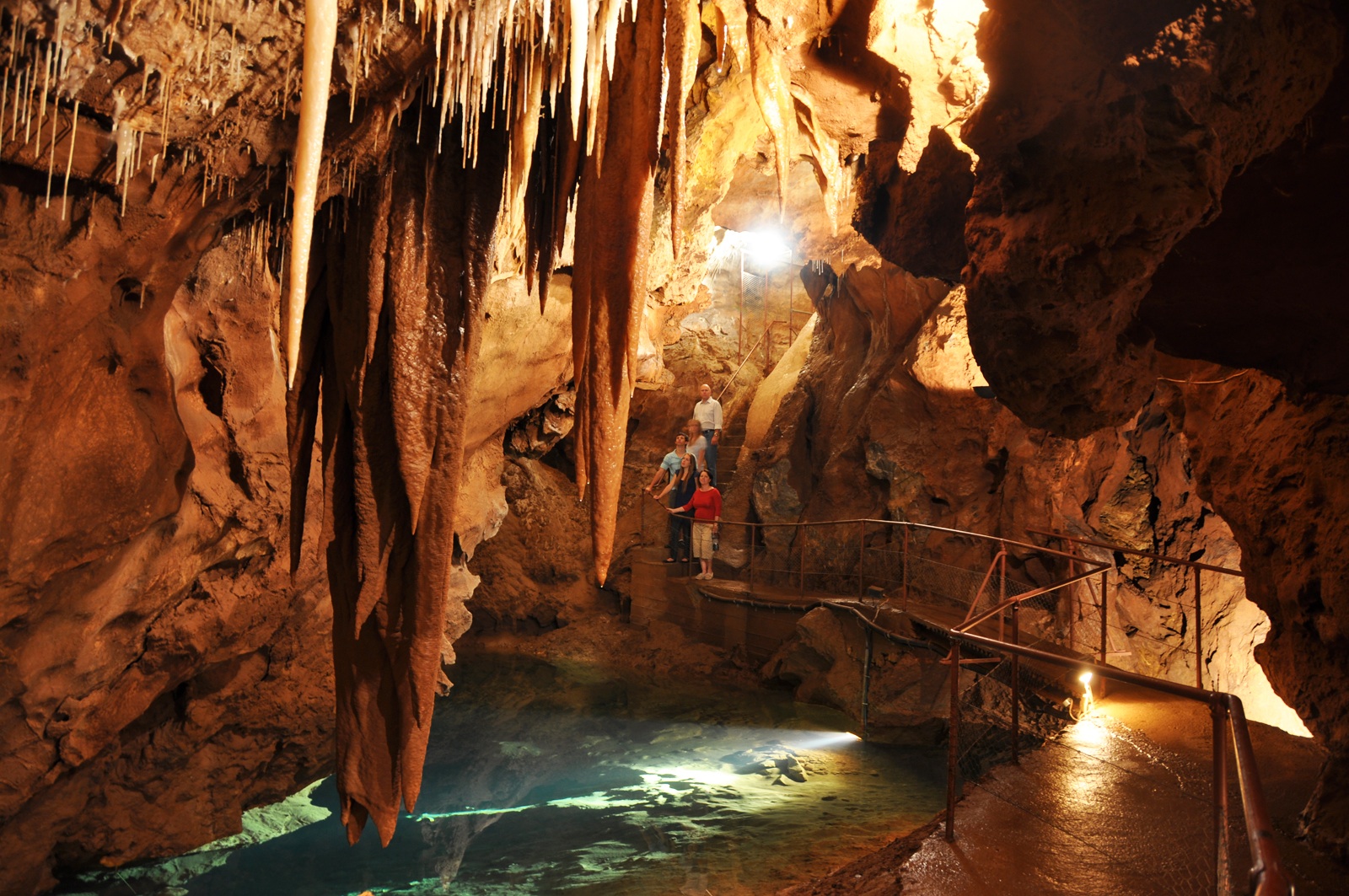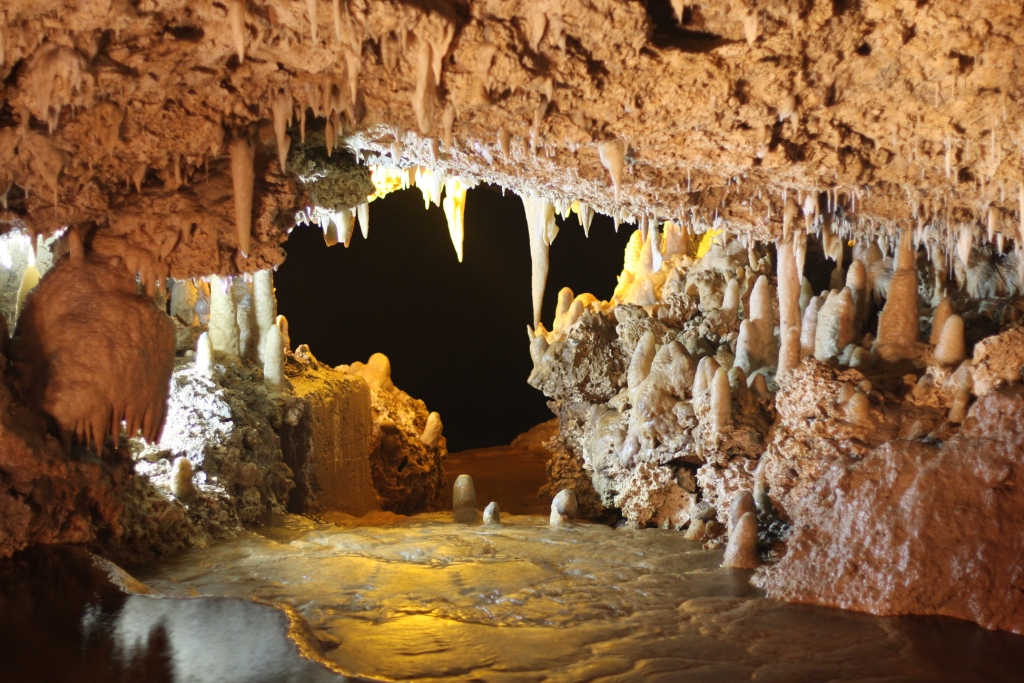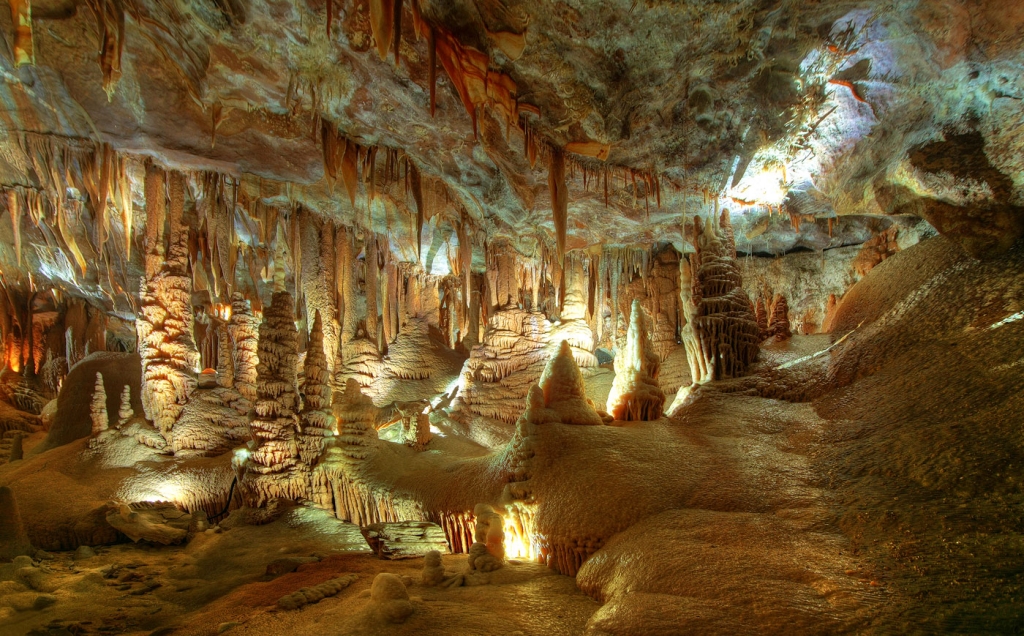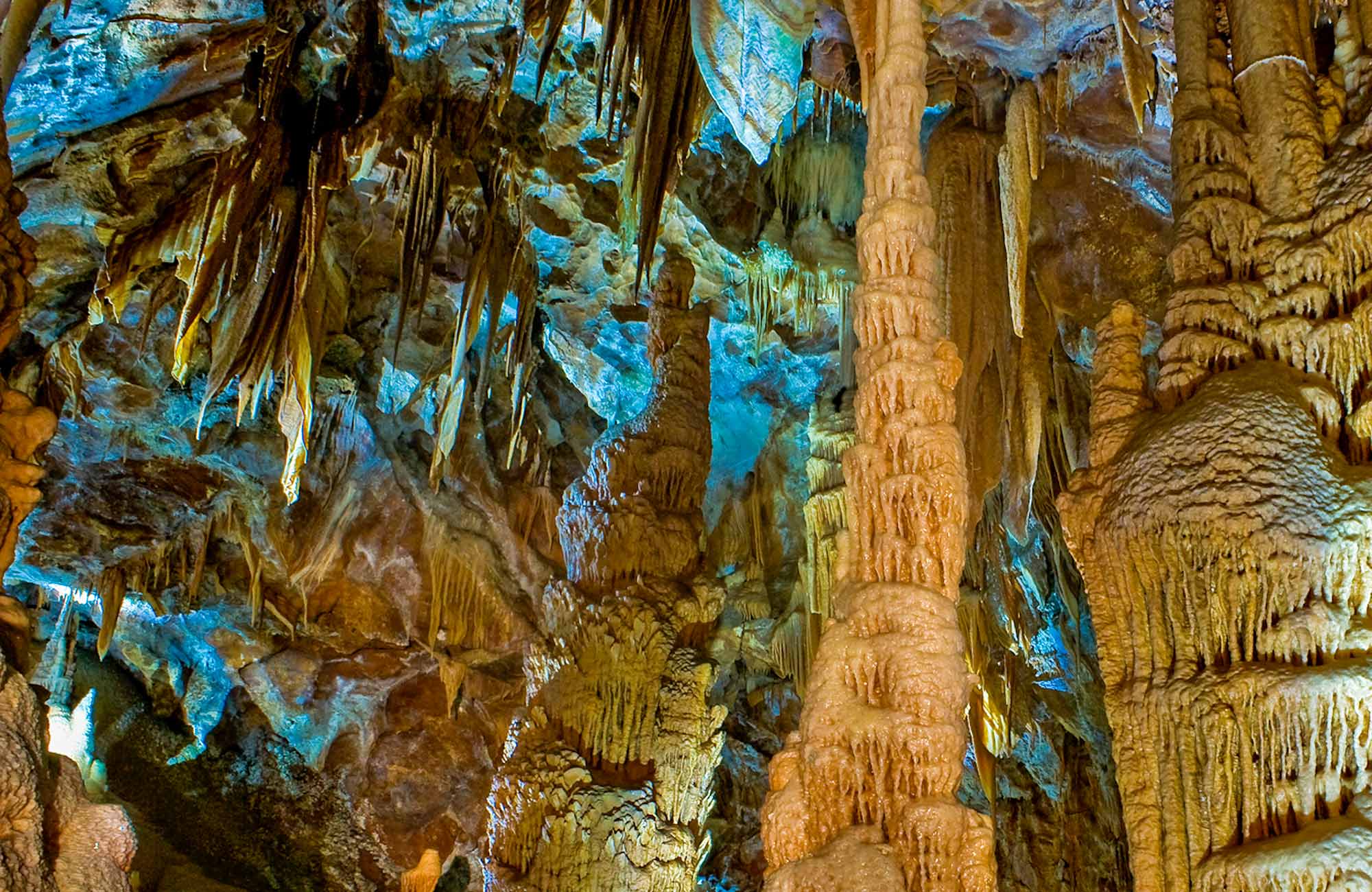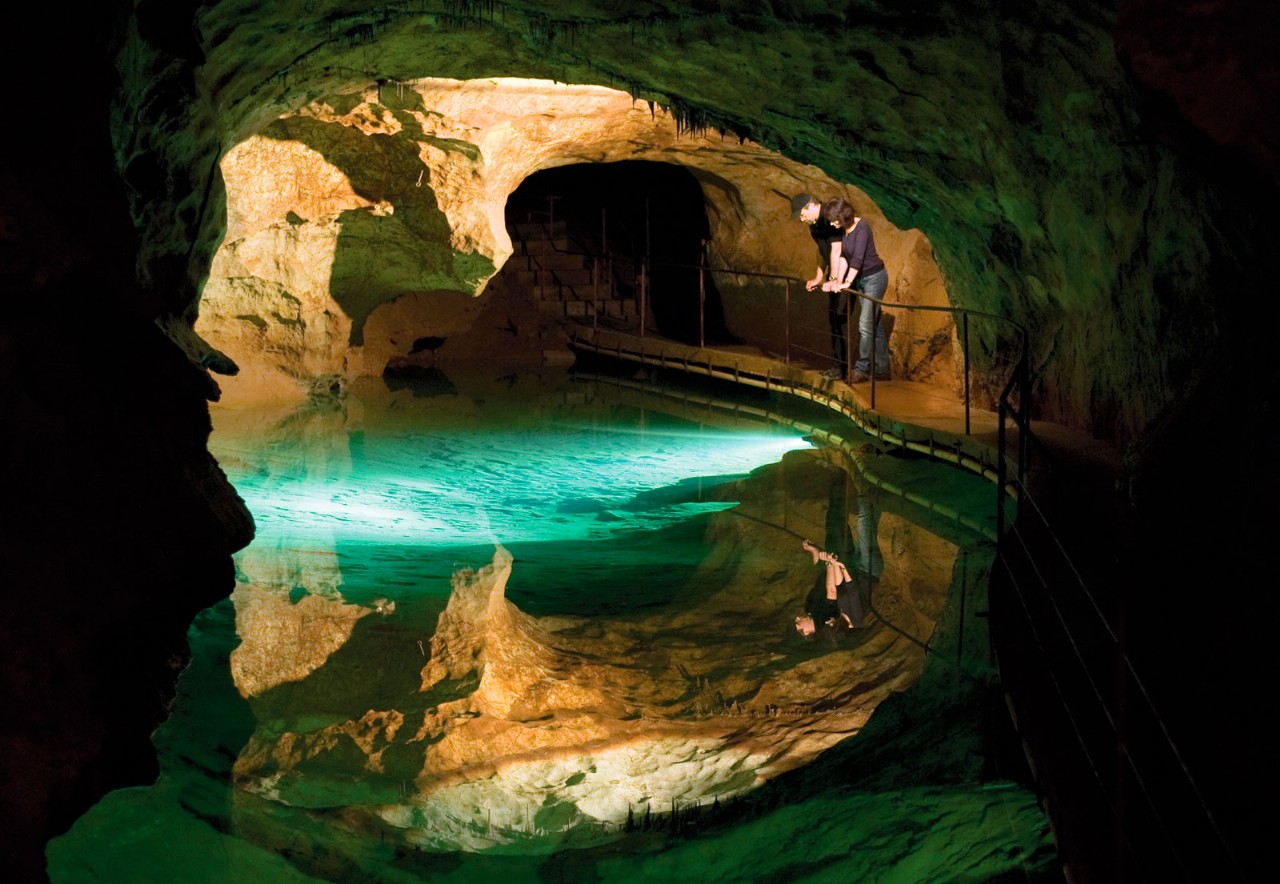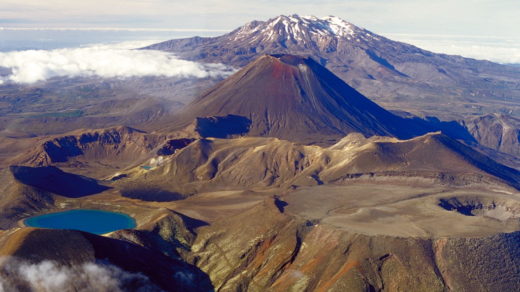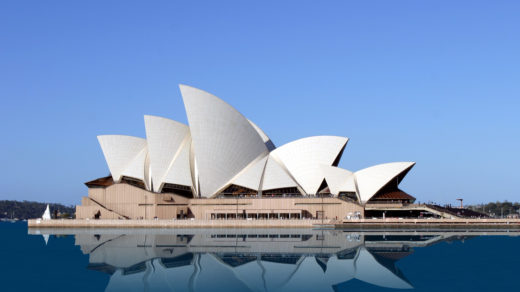A spectacular sightseeing trip between skalaktit and stalactites, can easily be found by exploring some caves in remote areas of Australia. One of the tourist sites with a collection of these rocks can be found in Jenolan Caves, which is the most spectacular limestone caves in Australia. Located in the Blue Mountains, the cave network has nine caves are open to the public with an underground river, lighting allows visitors to observe the rocks in the cave is also an incredible cave formations.
The series of cave was discovered in 1840 by James and Charles Whalan, and then given the name “Jenolan”, which is derived from the Aboriginal word meaning mountain high in 1884. These caves have been developed about 450 million years ago that extends to Australia’s east coast and extends further into the hinterland area. In the series of this cave, you can find a rock that once formed a series of volcanoes and some of these became submerged reef limestone caves are remarkable when compressed. This Jenolan caves are also the largest underground cave in the world.
The entrance to the Nettle Cave which is a series of caves discovered around 1888. By measuring the ratio of radioactive potassium and trapped argon gas that is produced when the potassium decayed, scientists determined the age of the clay in the caves around 340 million years old which makes it as the oldest caves in the world. For thousands of years, Jenolan Caves have been part of the culture of the indigenous population. The area has historical significance to the people of Gundungurra, who carved the story of Dreamtime on the walls of the cave. This carving tells of the struggle between the two creators of the ancestral spirits shaped eel – like a giant creature named Gurangatch and the other is Mirrigan, in the form of a cat. At the beginning of the 20th century, the people of Gundungurra are able to penetrate up to a cave underground springs appeared and they brought the sick to be bathed in water that they believe to have curative powers.
